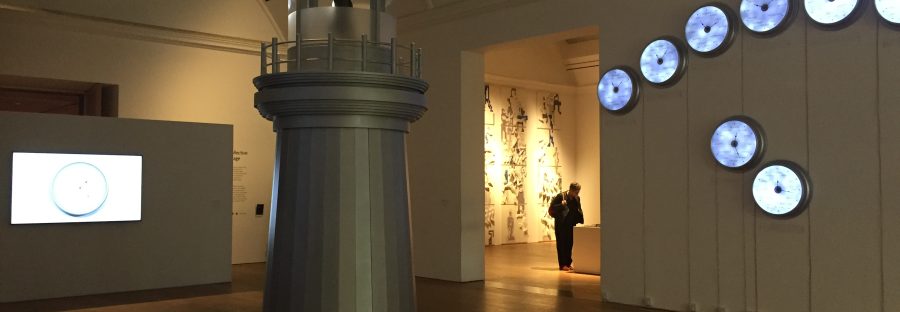Exhibition: ‘Twilight Language’ at The Whitworth Art Gallery
- NQ reporter Olivia-Marie Baron reviews Twilight Language at Manchester's Whitworth Art Gallery.
- Curator: Raqs Media Collective.
- Date: 30 September 2017 – 25 February 2018.
With a unique, extravagant exhibition making its way to Manchester’s Whitworth Art Gallery for its UK debut, it was supposedly not one to miss. Although, by the end, you’ll wish you had.
Weekends are usually spent celebrating the end of a busy working week. Some choose to spend it with a shock of culture and art at The Whitworth – and its latest exhibition will certainly give you a shock.
The vast culture contained behind the gallery’s red brick walls and polished marble columns has always held appeal, paving the way for a thought-provoking afternoon – however this time, it was a real head scratcher.
‘Twilight Language’ is a contemporary, innovative exhibition that instantly catches eyes.
Stepping foot into the gallery’s exhibition, you are immediately introduced to the modern style of the display. In front of you stands a blank white wall with a blue rectangular interactive board positioned bang in the centre.
The words ‘Lost in Search of Time’ are engraved into the blue centrepiece, with each word illuminating at different moments in time. From there, you can sense the exhibition is set to narrate a story of time, through a modern perspective.

Brought to the gallery by Raqs Media Collective, the curator sets out to unravel different worlds, haunt memorials, follow tangled threads, and provoke questions of how histories intersect with ways of thinking about freedom. Working with scientists, architects and custodians of Manchester’s histories, ‘Twilight Language’ presents an art space that overlaps eras of time to create a display full of future possibilities.
Walking into the light, airy room, your eyes will instantly spot a lighthouse situated in the centre. It signals a system of sending messages for all that is lost and found between the alternative longitudes, histories and futures that surrounded it – this is ‘twilight language’.
The main room features a ranging display of travelling time. Clocks cover the walls with individual emotions replacing their numbers – ‘fear’, ‘panic’, and ‘anxiety’ to name a few.

The display ventures into a room on the right, showcasing ideas of intersecting histories. Three interactive blocks reaching above head-height stand independently across the room.
Showcasing video portraits of guardians of the city’s history, the blocks present a city worker explaining the complexities of his working life, an Arabic scripture reading and a collage of photos showing different literature and illustrations from an old book with a range of statements starting with the word ‘then’. These include ‘then no one will need power’, ‘then I am shocked, and ‘then life would make sense’ – fair to say this display does not make sense.
Surprisingly, one interactive block shows a nude male and female creating individual positions with an old-fashioned diving helmet. Your astonishment will grow, especially when you realise the exhibition is open to people of all ages – including young children.

Another room features a massive wooden architectural framework featuring pieces of wood connecting with together through a diagonal Jenga-like presentation. It supposedly represents a geological, biological and industrial time overlap – though you will wonder how.
The aim of the exhibition, is to unravel different worlds, haunt memorials, follow tangled threads and make questions. Safe to say, worlds are unusually unravelled, memorials are certainly haunting, you will follow a tangled thread of confusion and make questions ‘what on earth is going on?’.


